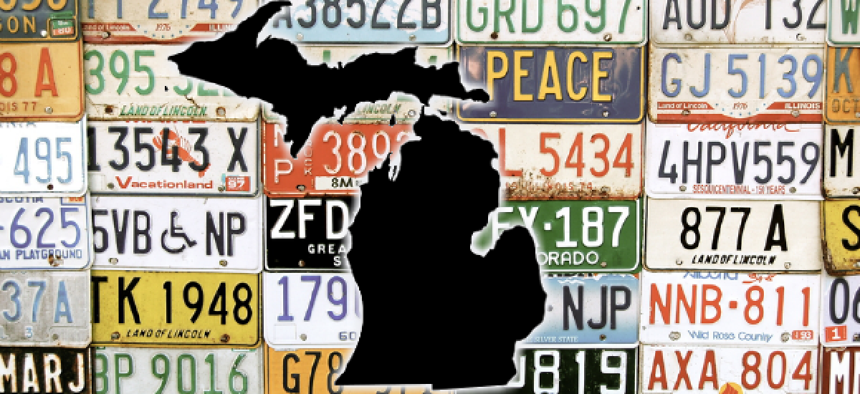SaaS solution drives improvements at Michigan DMVs

The state of Michigan is piloting a service that uses mobile technology and software as a service to streamline the customer experience at the DMV and speed revenues to state coffers.
For most people, a day spent waiting in line at the department of motor vehicles ranks just above spending the day at the dentist. But state governments are also feeling the pain. Ineffective customer service translates into lost revenue as well as delayed collections.
To help improve efficiency, a company called Qless has developed a way to move transactions along and thus improve customer service and speed payments to states. The firm’s system uses mobile technology and software as a service to streamline customer wait time at DMVs — or any agency that typically has to manage long lines — yet requires almost no hardware and little technical expertise from the agency that installs it. It simply requires DMV employees to sign in at the beginning of their shifts and push a button to alert the system when their current customer is finished and they are ready for the next one.
On the customer side, users log into their local DMV offices using their PCs or with a mobile app. They can then join lines remotely, putting themselves into a virtual queue as if they were standing at the DMV with a ticket. Qless lets users know how long the line is, allowing them to arrive at the DMV just in time for their appointment. If they decide to leave the line for good, they can use the app to schedule a new time on a different day, placing them into line at that other time.
Qless CEO Alex Bäcker says that organizations that make use of the Qless software, which can work for DMVs or anyplace where lines typically form, find a 75 percent reduction in walk-away traffic and up to a 30 percent reduction in the number of people who decide to "come back later."
The state of Michigan is hoping that Bäcker's numbers ring true. It has invested $1.1 million in a five-year pilot program to install Qless into 10 of its largest branch office DMVs in Detroit, Flint and Grand Rapids. With the program working for a few weeks in two places, things are looking pretty good.
"Customer service is priority for the secretary of state," said Fred Woodhams, a spokesman for Michigan Secretary of State Ruth Johnson. "We were a little concerned that not everyone would use the new system, but so far the feedback has been very positive."
In addition to the ability to use a phone to get into line, the Michigan DMVs have also installed Qless in kiosks that can be accessed locally at the branch offices. Users can get themselves virtually into line and then don't have to wait around, a feature that is proving to be popular in urban DMVs, which are often located in mini-malls. "People can go shopping or run errands and aren't stuck sitting around in our lobbies,” Woodhams said.
As a customer’s turn approaches, he is sent a text message so that he can return to the DMV. "In a sense, people are still waiting in line, but it doesn't feel like that to them," Woodhams added.
In addition to happier customers and faster lines, the DMV and the state benefit from increased customer feedback. Before Qless, surveys were mailed out to customers who visited the DMV. But these had a very low rate of return. Now Qless delivers surveys to customers the instant their transaction has been completed. The result, according to Woodhams, is a dramatic increase in the amount of survey data the state receives, which it then uses to help with location planning and staffing decisions, shifting resources around as needed.
Although Qless doesn't collect much personal information, Bäcker said it was nonetheless designed to be secure. All data is protected by 256-bit AES encryption. Also, to prevent any acts of mischief or accidental sabotage, each customer can only take a single number to get in line per device. In that way, the virtual world is a lot more efficient than the real one, where a lot of the take-a-number tags can end up in a pile on the floor.
Qless can also show DMV managers which employees are working efficiently and who is falling behind. "While it's not a benefit of the system that we talk much about, we have seen that workers are at their most efficient when they know that management is able to watch everything that they do," Bäcker said.
The 10 branch offices targeted by the Qless pilot program in Michigan process an average of 2 million transactions every year, so the potential number of people who try the software, and the amount of lost and delayed revenue recaptured by the state, could end up being quite large.
And although Qless can't make the DMV a fun place, it can at least take the sting out of having to wait in line all day, a victory most people will be happy to experience.





